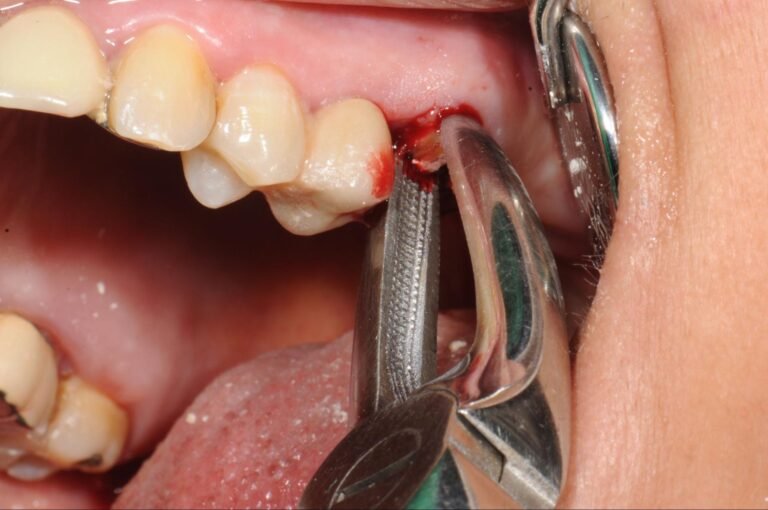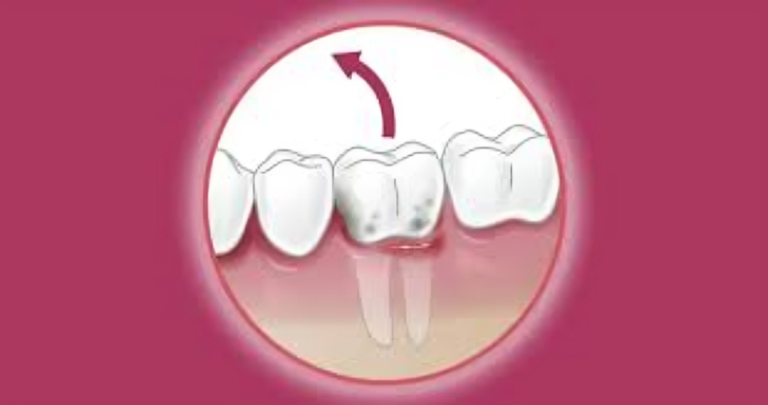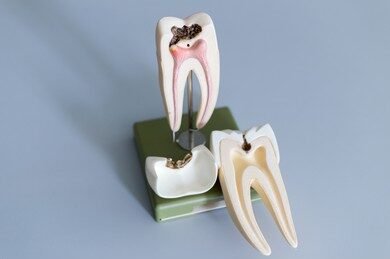Laser Gum Therapy: Innovative Approaches To Gum Disease Treatment
Millions of people worldwide suffer from gum disease, commonly referred to as periodontal disease, which can lead to discomfort, tooth loss, and even adverse effects on systemic health. Traditionally, gum disease treatment has involved scaling, root planing, and sometimes surgical interventions. However, advancements in technology have brought about a revolutionary approach to treating gum disease: laser gum therapy. In this article, we’ll explore this innovative treatment method, its benefits, and its implications for the future of dental care.
To Know More About It Please Click Here
Understanding Gum Disease
Before delving into laser gum therapy, it’s crucial to understand gum disease and its implications. Gum disease occurs when bacteria in dental plaque accumulate along and below the gum line, leading to inflammation and eventual destruction of the surrounding tissues and bone. If left untreated, gum disease can progress from gingivitis, characterized by red, swollen gums and bleeding during brushing or flossing, to periodontitis, where the supporting structures of the teeth are damaged, causing tooth loss and potential systemic health issues.
Traditional Treatment Approaches
Historically, treating gum disease involves non-surgical methods such as scaling and root planing, which aim to remove plaque and tartar from the tooth surfaces and below the gum line. In more advanced cases, surgical interventions like flap surgery, bone grafts, and tissue grafts may be necessary to restore gum health and stabilize the teeth.
Introduction to Laser Gum Therapy
Laser gum therapy, also known as laser-assisted periodontal therapy or LANAP (Laser Assisted New Attachment Procedure), represents a significant advancement in the treatment of gum disease. Using laser technology, this minimally invasive therapy preserves healthy gum tissue and stimulates regeneration while targeting and eliminating bacteria and infected tissue.
How Laser Gum Therapy Works
During laser gum therapy, a dental professional uses a specialized dental laser to access and remove inflamed gum tissue and bacteria from the root surfaces of the teeth. The laser energy also helps to create a stable blood clot, which seals the treated area and promotes healing. Additionally, the laser selectively targets diseased tissue, leaving healthy tissue unharmed and minimizing post-operative discomfort and recovery time.
Benefits of Laser Gum Therapy
One of the primary advantages of laser gum therapy is its minimally invasive nature. Unlike traditional surgical methods, laser gum therapy requires no cutting or sutures, resulting in less discomfort and faster recovery for patients. Additionally, the precision of laser technology allows for targeted treatment of diseased areas while preserving healthy tissue, leading to better clinical outcomes and long-term success.
Furthermore, laser gum therapy stimulates the body’s natural healing response and promotes the regeneration of gum tissue and bone, which can help stabilize teeth affected by gum disease. This regenerative aspect sets laser gum therapy apart from conventional treatments and offers new hope for patients with advanced periodontal disease.
Implications for the Future
As laser technology continues to evolve, so too will its applications in dentistry. Laser gum therapy represents just one example of how innovation is reshaping the field of periodontics and improving patient care. In the future, we can expect further refinements to laser technology, as well as the development of new treatment protocols and techniques that harness its potential for addressing a wide range of dental conditions.
Conclusion: A Gum Disease Treatment
Laser gum therapy offers a promising alternative to traditional gum disease treatments, providing patients with a minimally invasive, effective, and comfortable option for restoring gum health. As research and technology progress, laser therapy is likely to play an increasingly prominent role in the treatment of gum disease and other dental conditions, ushering in a new era of precision dentistry and improved patient outcomes.








